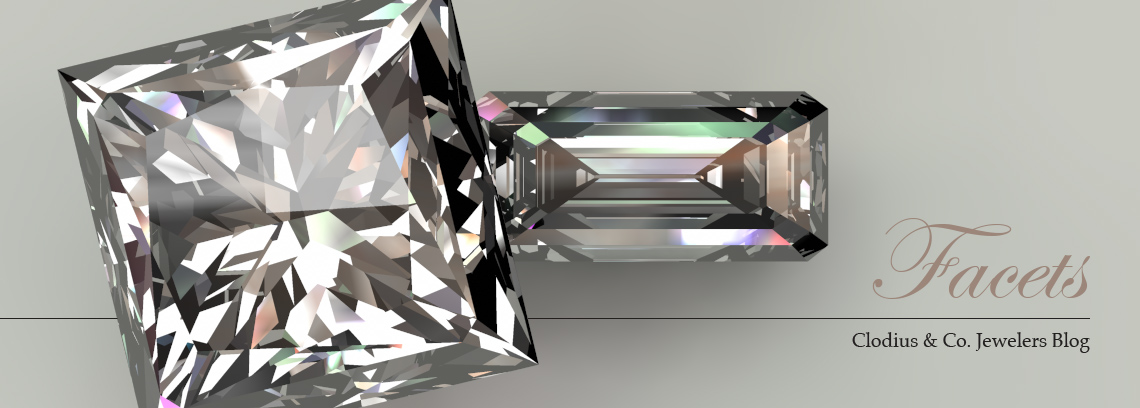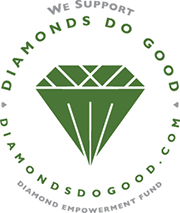Jewelry Blog Rockford, IL
Rolls-Royce Names Its First SUV After the Legendary 3,106.75-Carat Cullinan Diamond February 15, 2018
Inspired by the majestic characteristics of the largest gem-quality diamond ever mined, Rolls-Royce announced Tuesday that its first-ever all-terrain SUV will be called "Cullinan" — a name the company deems "perfect and brilliant.”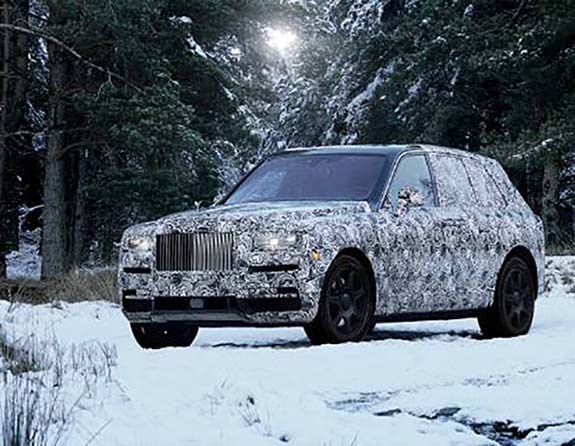
The 3,106.75-carat Cullinan Diamond was discovered at South Africa's Premier Mine in 1905. Three years later, the rough gem was cut into nine magnificent finished stones, including the 530.40-carat Cullinan I (also known as the Great Star of Africa) and the 317.40-carat Cullinan II (Second Star of Africa). Both diamonds are now part of the Crown Jewels of the United Kingdom.
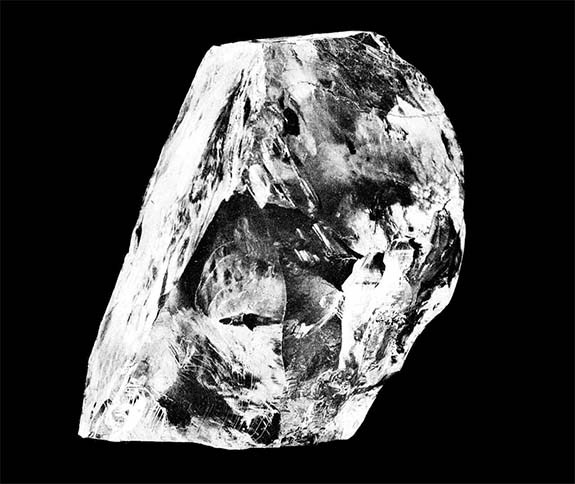
“It is the most fitting name for our extraordinary new product," commented Torsten Müller-Ötvös, Chief Executive Officer of Rolls-Royce. "Cullinan is a motor car of such clarity of purpose, such flawless quality and preciousness, and such presence that it recalibrates the scale and possibility of true luxury. Just like the Cullinan Diamond, the largest flawless diamond ever found, it emerges when it is perfect and exists above all others.”
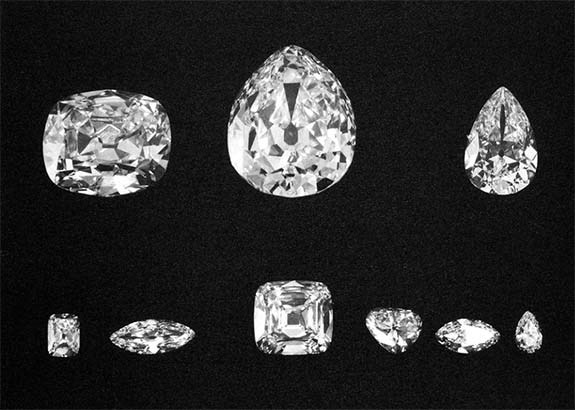
Ötvös said that the designers of Roll-Royce's new "high-bodied" luxury car were "inspired by the epic processes, over many millennia, which went into the creation of the Cullinan Diamond."
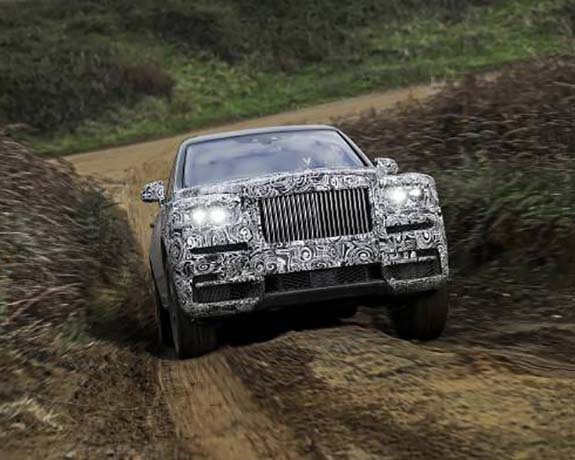
Like its namesake, Rolls-Royce's Cullinan undertook a perilous and fascinating journey to get to where it is today. From the searing deserts of Africa and the Middle East to the freezing snows of the Arctic Circle; from the grassy glens of the Scottish Highlands to the towering canyons of North America, the designers, engineers, craftspeople and artisans of the House of Rolls-Royce have shaped, tested and polished this unique motor car to eliminate any flaws. The rigorous testing lasted three years.
Apparently, Rolls-Royce is showing the car in camouflage-style paint to hide some of its design details until is officially delivered to the public later this year.
In its original rough form, the Cullinan Diamond measured approximately 10.1 cm (4.0 in) long, 6.35 cm (2.50 in) wide, 5.9 cm (2.3 in) deep, and weighed 621.2 grams (1.37 lbs). It was discovered by Frederick Wells and named after Sir Thomas Cullinan, the mine's chairman. The colonial government of South Africa bought the Cullinan Diamond in 1907 and presented it to King Edward VII on his 66th birthday.
Not only was the stone massive, but it was also of superb quality. Both the Cullinans I and II were graded as colorless Type IIa, a coveted subgroup of diamonds that are chemically pure and show extraordinary optical transparency.

King Edward VII entrusted the cleaving of the massive rough stone to the Asscher Brothers of Amsterdam. The stone was sliced in half on February 10, 1908 — nearly exactly 110 years ago — and the rest of the splitting and cutting would proceed for the next eight months, with three cutters working 14 hours per day. The final yield was nine major stones, weighing a total of 1,055.89 carats.
To this day, no other gem-quality rough diamond has come close to the size of the Cullinan Diamond. Currently in second place is the 1,111-carat Lesedi La Rona, which was discovered in the Karowe Mine in Botswana in 2015.
Credits: Car images courtesy of Rolls-Royce. Cullinan Diamond images via Wikimedia Commons [Public domain].
About the Author
With over 250 years of combined experience, our staff truly understands why you purchase jewelry, and what it means to you. Clodius & Co. is known as Rockford's custom jeweler and more. Why? Because we like to get acquainted with our customers while we help them select or create their jewelry.
Other Recent Blog Entries
Your Forever Begins This Summer—Say Yes with Clodius & Co.
Celebrate Every Kind of Dad – Watches & Handmade Gifts at Clodius & Co.
Gift with Purchase – A Special Valentine’s Offer
New Year, New Jewels: Start 2025 with Sparkling Style
The Enchanting World of Peridot: Discover Its Unique Beauty at Clodius & Co.








